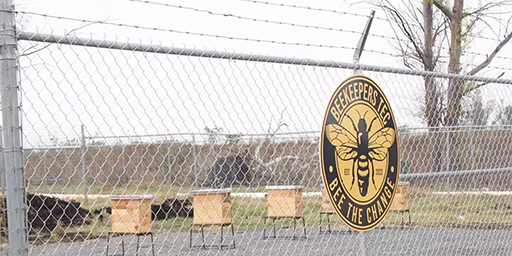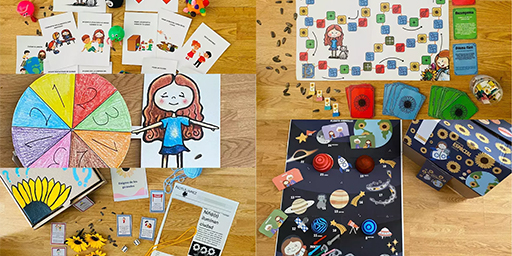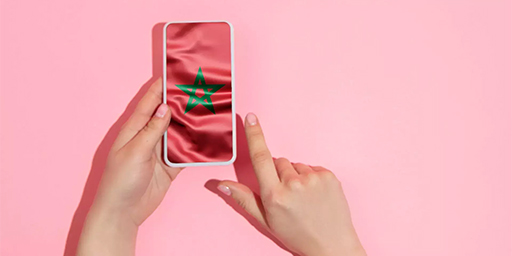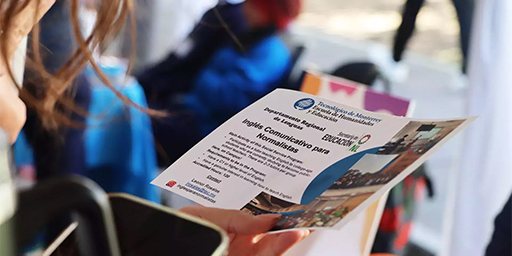Social Responsibility
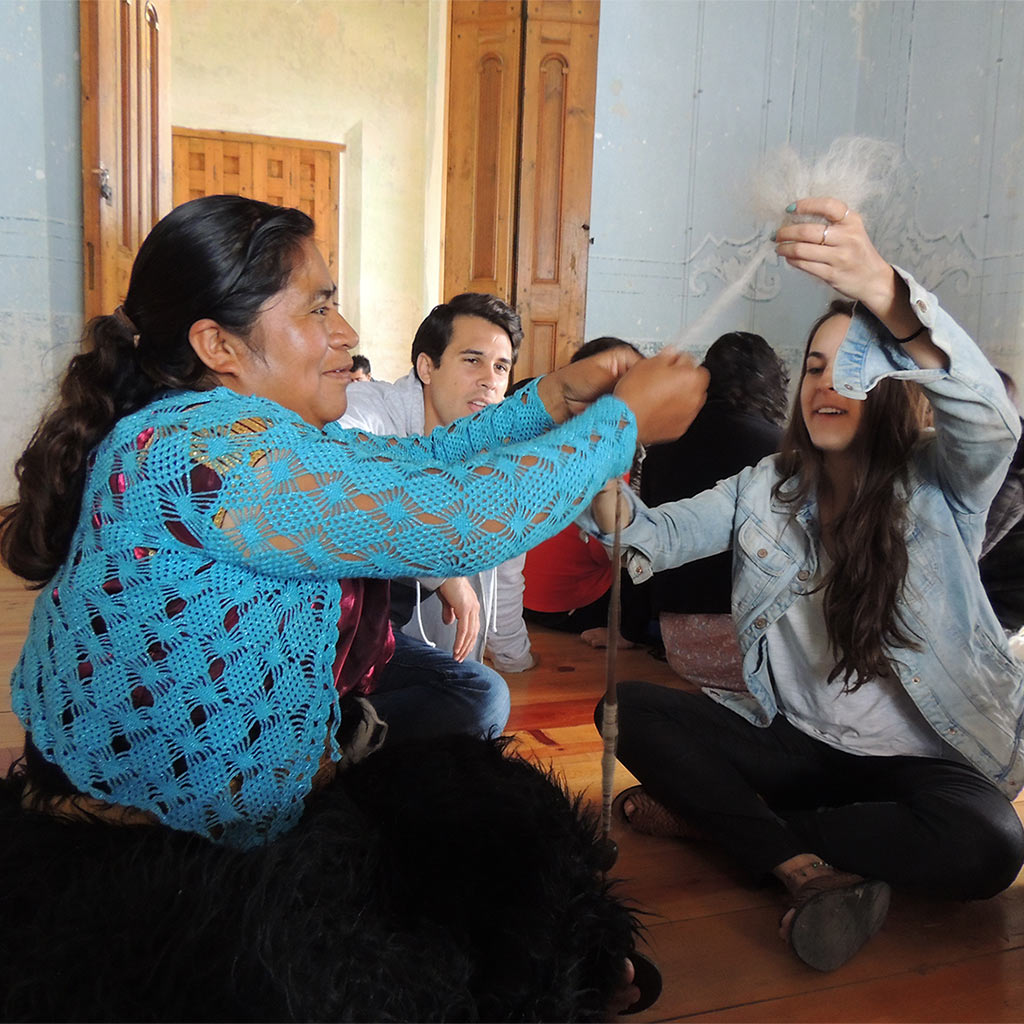
Importancia el Servicio Social
Componente del modelo educativo
El servicio social es un componente del modelo educativo que busca la formación en sentido humano, a partir del aprendizaje vivencial en actividades y proyectos de servicio a la sociedad, además de ser una experiencia formativa que fortalece el desarrollo de las competencias de egreso del estudiantado, poniendo el talento personal y la excelencia profesional al servicio de los demás.
Requisito de titulación
El servicio social es un requisito de titulación establecido en el artículo 24 de la Ley General de Educación y en la ley reglamentaria del artículo 5 de la Constitución Política Mexicana y aplica para todos los campus del Tecnológico de Monterrey a nivel profesional.
Compromiso social
El servicio social es un reflejo del compromiso social de las y los estudiantes del Tecnológico de Monterrey, pues si bien es un requisito de titulación cumplir como mínimo con 480 horas de servicio social, el 80% de los egresados realizan más de 480 de servicio social y en promedio un estudiante realiza más de 568 horas a lo largo de su carrera profesional.
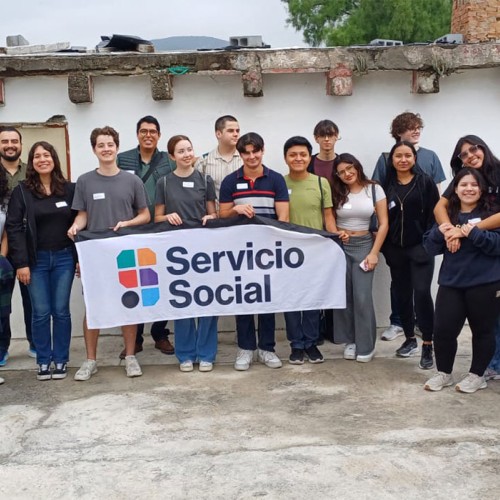
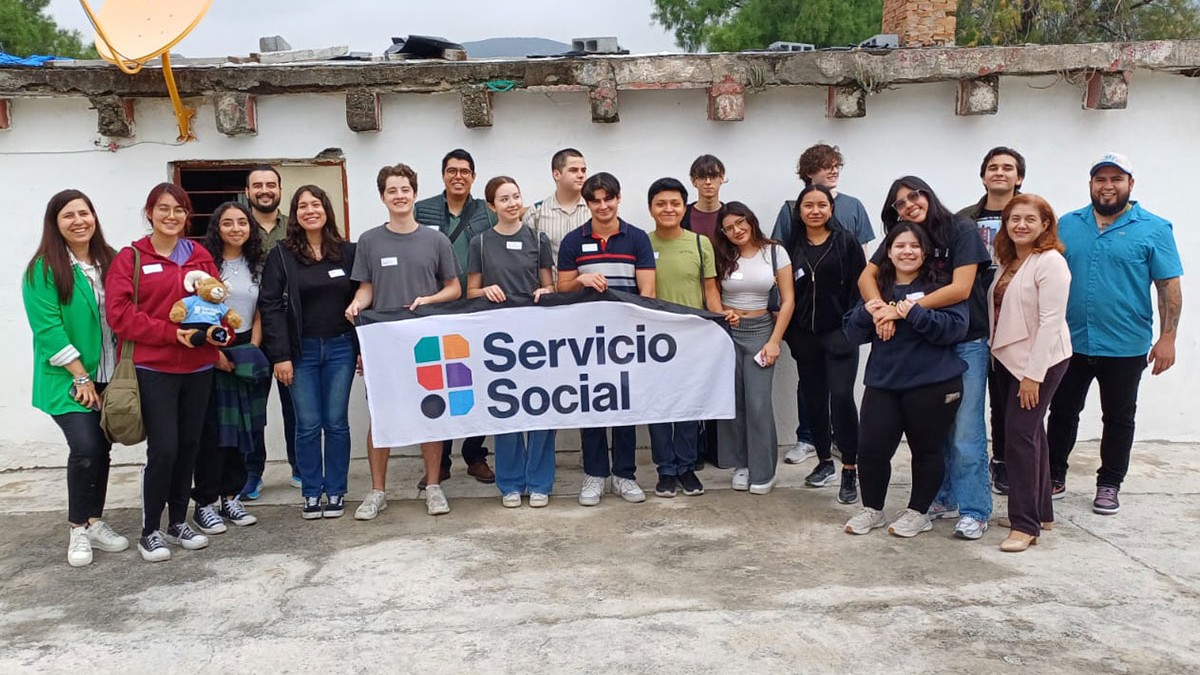
Experiencias de Servicio Social
Las experiencias de servicio social le permiten a nuestro estudiantado fortalecer sus competencias disciplinares y transversales como el compromiso ético ciudadano, al atender una necesidad social enmarcada en alguno los Objetivos de Desarrollo Sostenible, e implementar proyectos orientados a la transformación del entorno y el bienestar común, con conciencia ética y responsabilidad social.
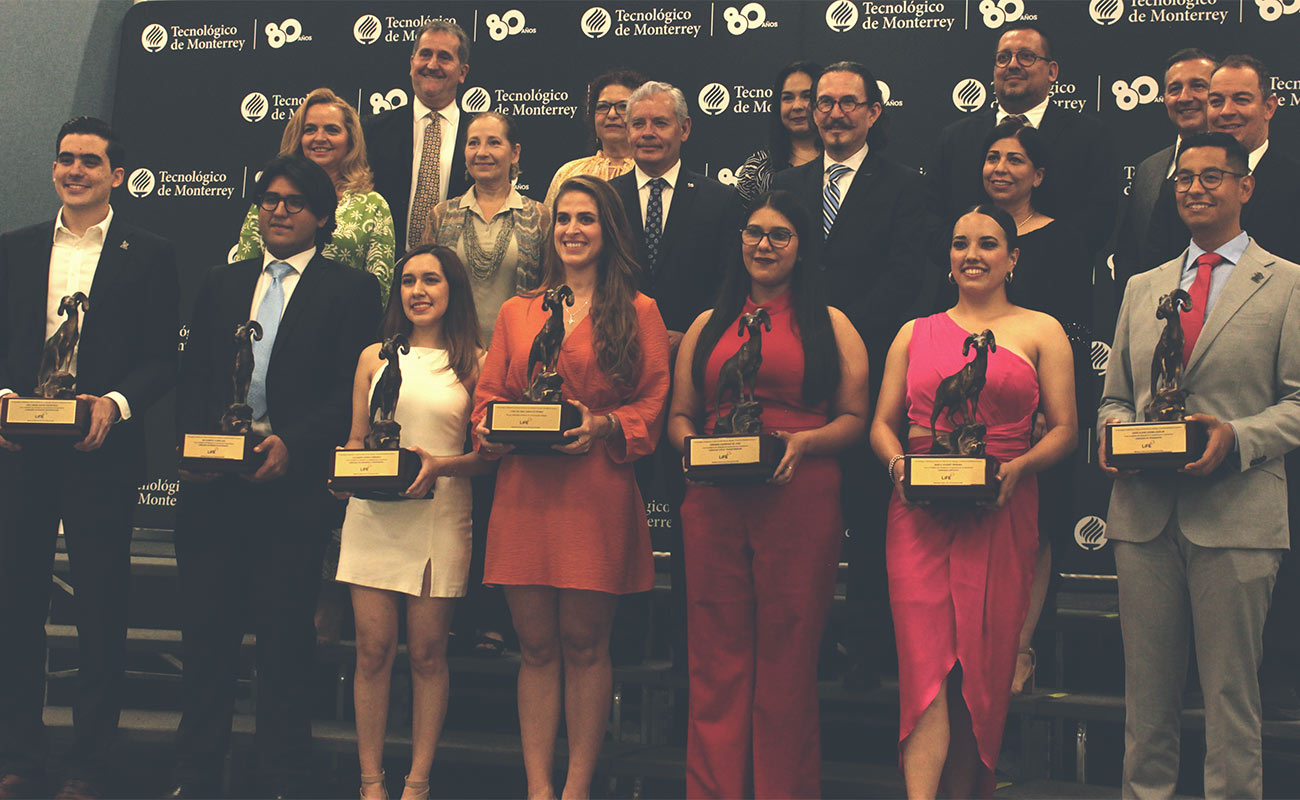
Premio Líder Social Transformador
En el Programa Formativo de Servicio Social, las y los estudiantes pueden postularse o ser postulados a recibir el premio “Líder Social Transformador”, el cual reconoce el desarrollo integral y trayectoria destacada de estudiantes de profesional que ponen al servicio de los demás su talento personal y excelencia profesional.
Consulta la siguiente nota en Conecta y conoce más:
¡Por la comunidad! Reconocen a alumnos del Tec por proyectos sociales
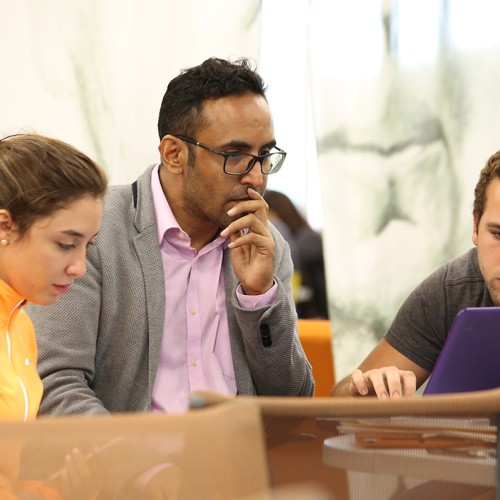
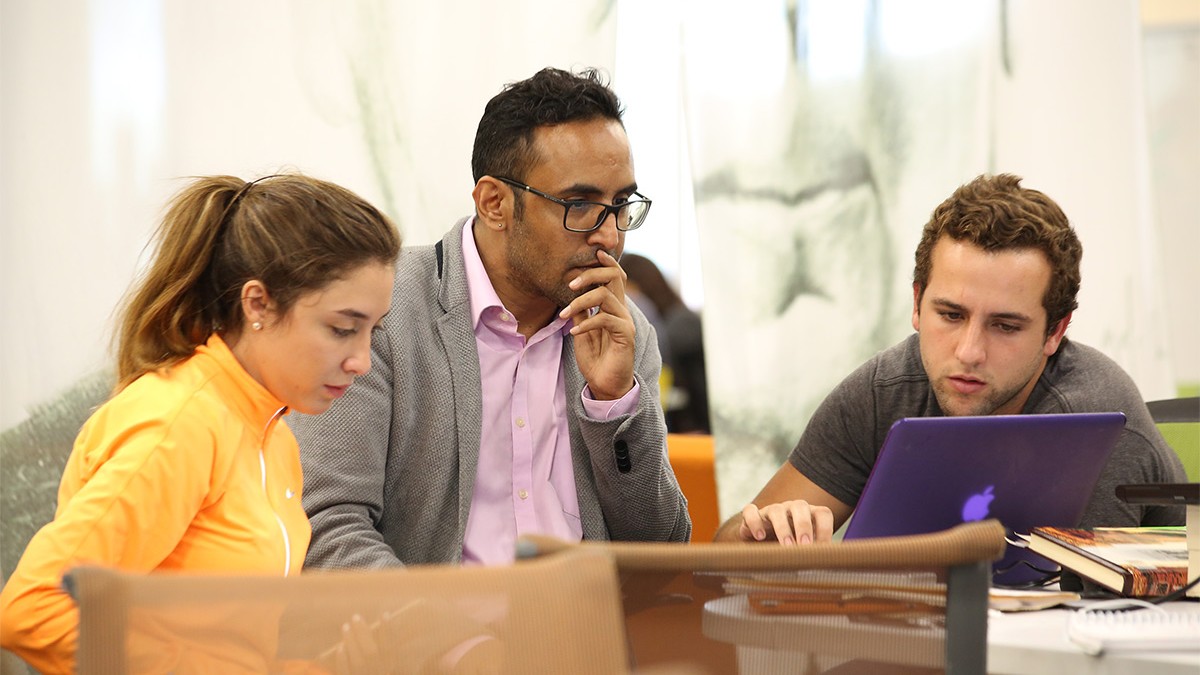
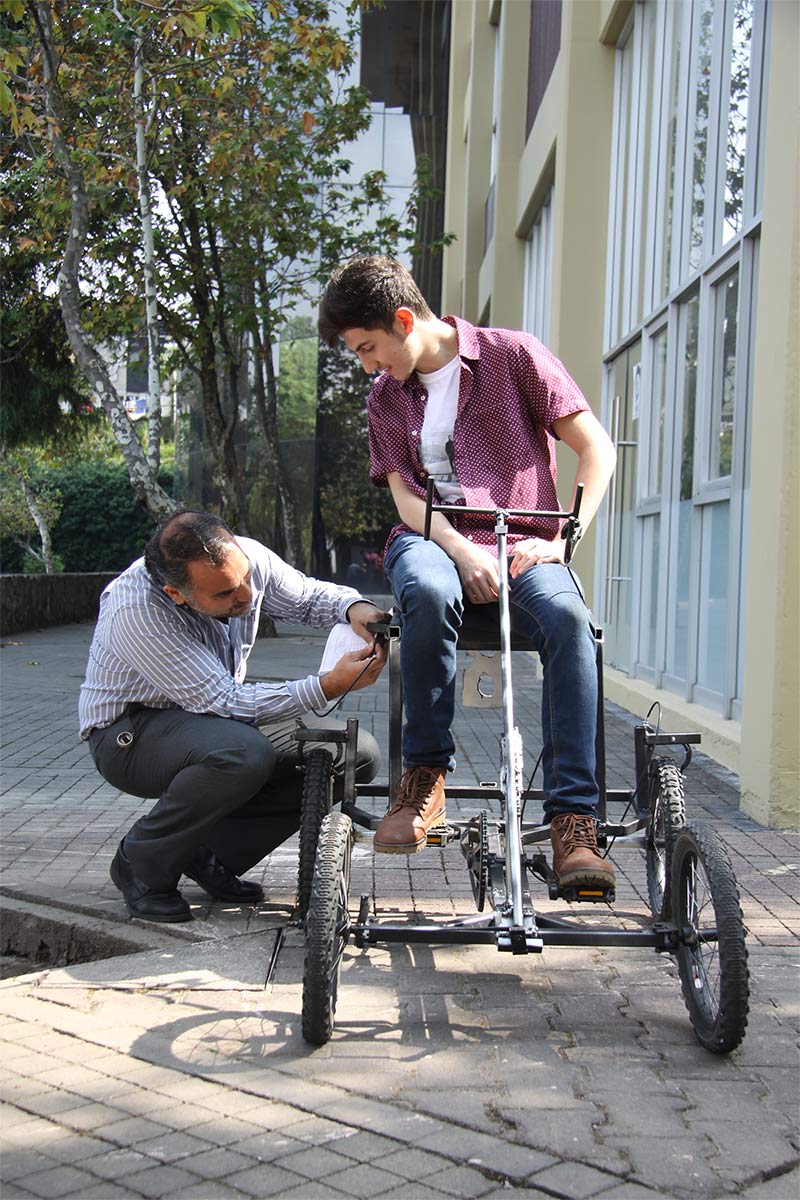
Las y los profesores son los promotores de la formación en el estudiantado, propiciando un impacto social en las personas y la comunidad.
Uno de los componentes del Servicio social es contar con materias de formación transversal, en los diferentes planes de estudio que contribuyan en la formación de todo profesionista, a través de las diferentes unidades de formación que conforman el programa.
Algunas de las actividades que realiza el profesorado en materias con el atributo de Unidad de Formación con Servicio Social (UFSS) son:
- Vincular la unidad de formación con una organización socio formadora.
- Evaluar las competencias disciplinares y de compromiso ético ciudadano del estudiantado.
- Guiar al estudiante en la atención de una problemática social vinculada a los Objetivos de Desarrollo Sostenible.
- Registrar las horas de Servicio Social que el estudiante haya acreditado.
La experiencia de servicio social desde la perspectiva del profesorado.
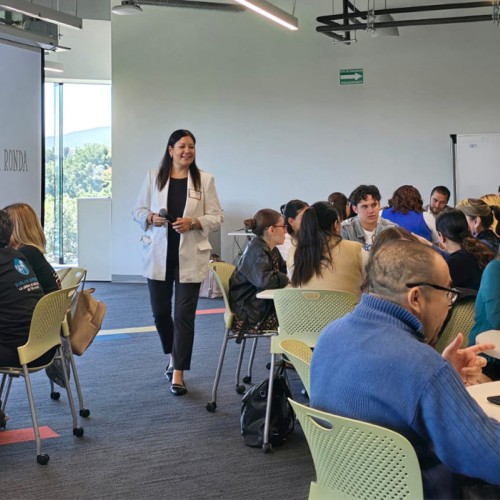
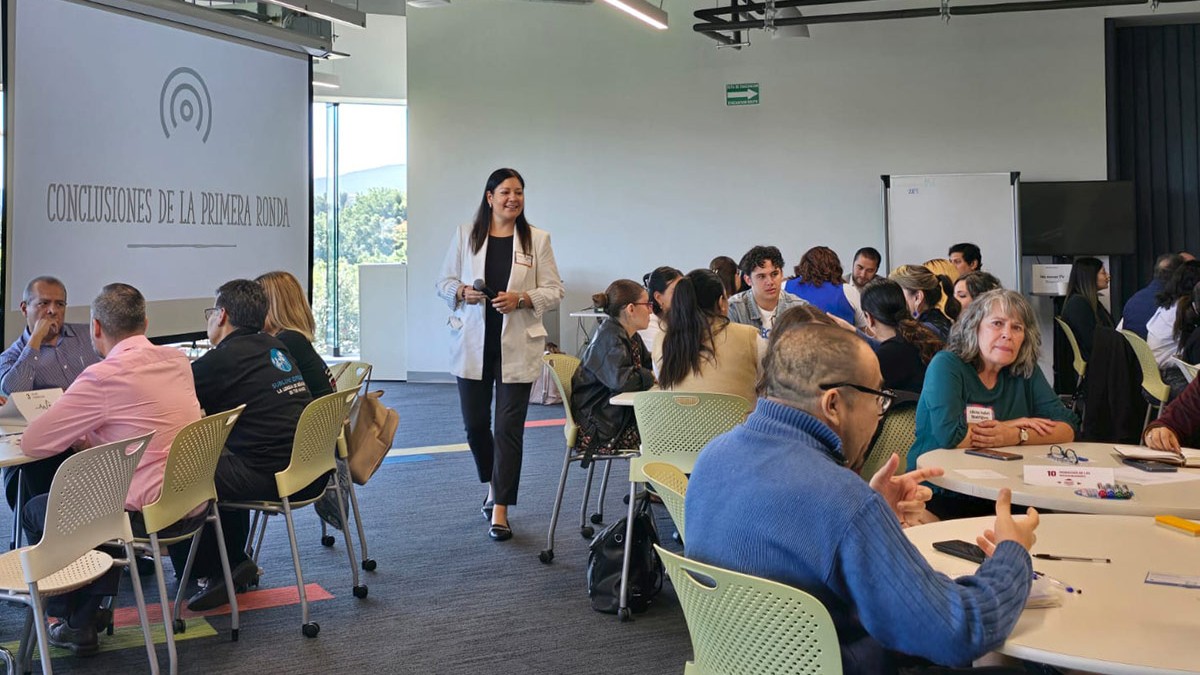
El Tecnológico de Monterrey genera convenios de colaboración con organizaciones que están comprometidas con la formación de competencias éticas y ciudadanas, entre las que se consideran: las asociaciones de vecinos, entidades públicas, organizaciones de la sociedad civil, empresas (siempre y cuando la unidad de formación esté alineada a resolver algunas de las necesidades contempladas en los Objetivos de Desarrollo Sostenible de la ONU); centros de investigación científica, grupos estudiantiles (con proyectos sociales) y programas propios de la Institución o grupos de personas organizadas, con el fin de contribuir al bienestar social de la comunidad y la generación de la agencia ciudadana.
Entre las acciones que realiza un socio formador en el programa de Servicio Social, se encuentran:
- Expone las problemáticas sociales reales que enfrenta a través de su organización.
- Colabora con el docente en la adaptación de un reto o situación problema de carácter social que contribuya al desarrollo de la competencia de los alumnos.
- Abre las puertas de su organización para colaborar con el estudiantado, profesorado y responsable de servicio social en campus.
- Aporta personal, tiempo y recursos para facilitar la ejecución del reto o situación problema de acuerdo con los términos acordados, como lo es la presencialidad del alumnado en las actividades de servicio.
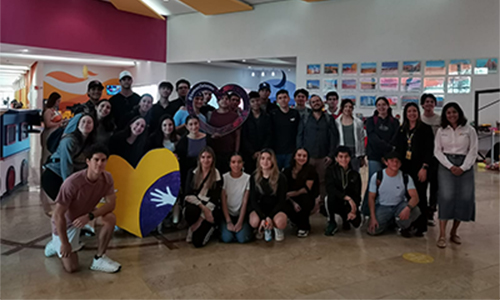
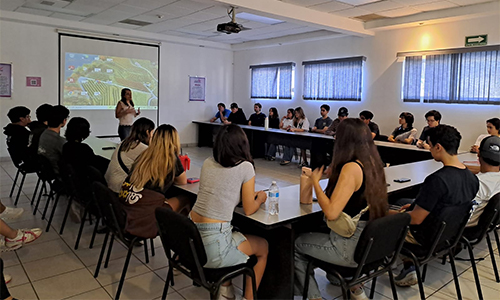
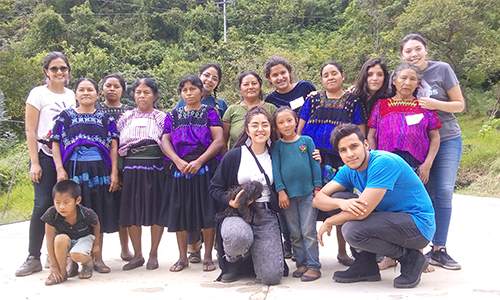
El Programa Formativo de Servicio Social proporciona una variedad de unidades de formación integradas en el currículo del estudiantado, permitiéndoles acreditar horas de servicio social y, en algunos casos, obtener créditos académicos en periodos intensivos o semestrales.
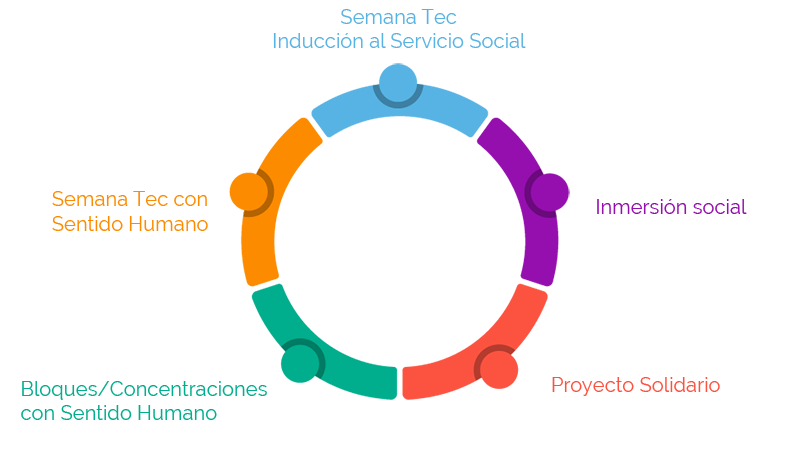
78,725
Estudiantes
1,687
Profesores
1,453
Socios Formadores
7,347,792
Horas de Servicio Social


